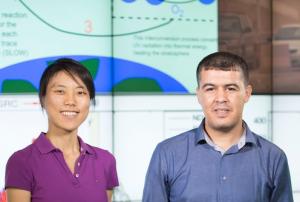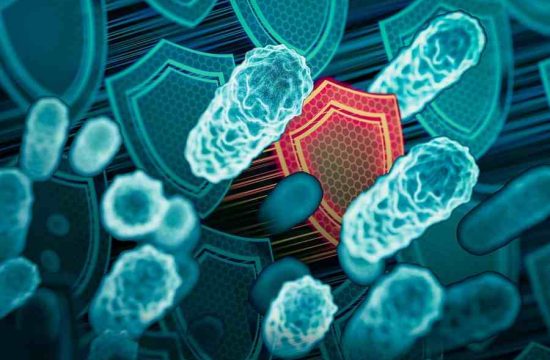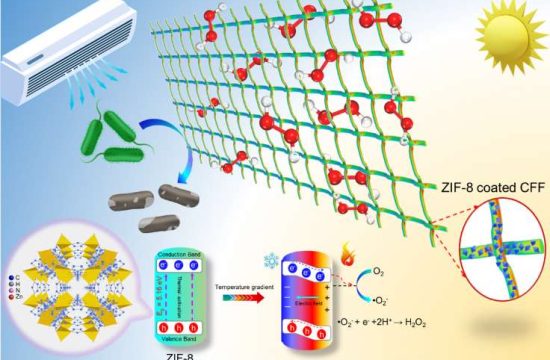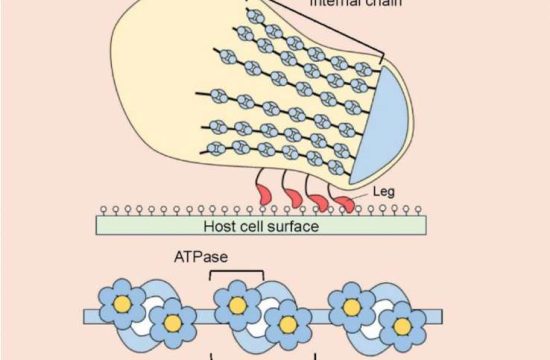Sophisticated statistical methods can detect ozone pollution hot spots and monitor instrument failure.

Ozone is a troublesome pollutant at ground level and throughout the lower layer of the atmosphere. A statistical method developed by researchers at King Abdullah University of Science and Technology (KAUST), Saudi Arabia, can detect abnormal ozone levels within large bodies of monitored data.
“Our procedure could be used as an automatic tool,” said Assistant Professor Ying Sun from the University’s Computer, Electrical and Mathematical Science and Engineering Division. She noted that the method could act as an early warning system for dangerous pollution levels and potential technical problems.
Ozone is the reactive form of oxygen that contains three atoms per molecule (O3) rather than the normal two. Ground-level ozone is created by chemical reactions between other pollutants, especially oxides of nitrogen and carbon-based compounds released in vehicle exhausts and by many industrial processes. The reactions that create ozone are promoted by bright sunlight, often leading to the serious air quality problem called photochemical smog. Exposure to the ozone can cause breathing difficulties, eye irritation and other health problems, and may also harm crops and other vegetation.
Sun explained that the monitoring methods developed with colleague Fouzi Harrou can quickly and accurately detect ozone anomalies—localized spikes in ozone concentration indicated by sensor data.
[pullquote]Sun explained that the monitoring methods developed with colleague Fouzi Harrou can quickly and accurately detect ozone anomalies—localized spikes in ozone concentration indicated by sensor data. [/pullquote]
“This will allow us to warn the public of harmful ozone levels, but also to check the sensors in case a technical problem is the reason for an anomaly,” Sun said.
The new scheme can monitor multiple stations simultaneously by integrating a statistical technique known as principal component analysis into a traditional process control procedure.
To test the method in the field, the KAUST researchers collaborated with a French team with access to data from a network of air quality monitoring systems in Normandy.
“The French air quality monitoring system is very well established,” said Sun. She explained that the French collaboration provided an ideal testing ground for the methods her team will next apply to Saudi Arabia and the Middle East.
The results in France confirmed that the new procedure can offer improvements on existing methods, but further work is needed to reduce the level of errors that might spark false alarms.
Sun and her colleagues also hope to apply their data analysis techniques to dust pollution, another major environmental issue in Saudi Arabia.








